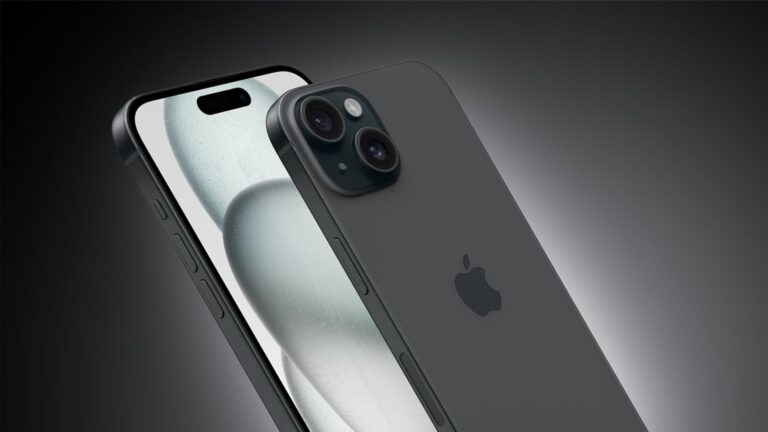
Like many analyst firms, market sizing is one of the ongoing practices of AR Insider’s research arm ARtillery Intelligence. A few times per year, it goes into isolation and buries itself deep in financial modeling. One such exercise zeroes in on mobile AR revenues.
This is one of the main subdivisions of spatial computing – others including headworn AR and VR. They’re all related and share technological underpinnings, but are driven by separate market forces such as their respective hardware bases (see methodology and inclusions).
So what did the Mobile AR forecast uncover? At a high level, global mobile AR revenue is projected to grow from $15.1 billion in 2022 to $39.8 billion in 2027, a 21.35 percent CAGR. This sum consists of mobile AR consumer and enterprise spending and their revenue subsegments.
Drilling down, our latest Behind the Numbers installment looks at the high-level drivers and dynamics for the above revenue figures. Who is spending what on mobile AR, considering both consumer and enterprise adoption? And what revenue categories are seeing the most action?
Consumer Confidence
Starting at the top, Mobile AR revenue is projected to grow from $15.1 billion in 2022 to $39.8 billion in 2027, as noted. In fact, mobile AR revenue exceeds other spatial computing subdivisions – again, headworn AR and VR – as it piggybacks on 3.6 billion global smartphones.
But that installed base doesn’t always translate to revenue. For example, consumer spending in mobile AR is relatively low, including Snapchat In-Lens Digital Goods and Pokémon Go’s in-app purchases. These are both strong in their own right, but they’re outliers in Mobile AR.
Put another way, most consumers aren’t paying for AR experiences. Those that do mostly participate in some form of in-app purchases – an established and comfort-advantaged behavior due to its firm footing in mobile gaming. But they aren’t buying AR apps en masse.
Consumers are however buying physical goods with the help of AR. This involves AR product visualization and try-ons that add more dimension and consumer confidence in eCommerce consideration phases. This has resonated meaningfully with Gen-Z shoppers.
However, this flavor of AR-guided shopping isn’t counted as AR revenue. That’s simply because it would inflate AR’s value to count consumer spending on furniture and footwear that was aided by AR visualization. Instead, the brand spending to enable those experiences is counted.
Detail & Dimension
That brings us to enterprise spending in mobile AR, which is subdivided in a few ways. Sticking with the above thread, one flavor of enterprise AR is consumer brands that deploy AR in their marketing and eCommerce functions to demonstrate products with greater dimension.
This represents an area of AR spending we classify as B2B2C. It involves brands that utilize AR to create experiences for their customers. Put another way – and synthesizing a few points made so far – most mobile AR usage today is brand-sponsored rather than consumer-purchased.
This same B2B2C principle applies in other mobile AR categories, including AR media & games development. In such cases, the adopting entity – that which pays for the technology – is an enterprise (think: developers and brands), even though the end-user is a consumer.
Beyond B2B2C, there’s also the more classic form of enterprise spending: B2B. In mobile AR, this involves helping industrial and corporate enterprises boost productivity through line-of-sight visualization or remote support. It’s all about giving them on-the-spot guidance.
For example, AR can help IT services companies empower their field reps to operate with greater speed and effectiveness. This enterprise productivity angle holds the most promise in headworn AR, but today remains more prevalent in mobile AR, due to smartphone ubiquity.
We’ll pause there and circle back in the next installment of this series with more dynamics & drivers behind mobile AR revenues…






